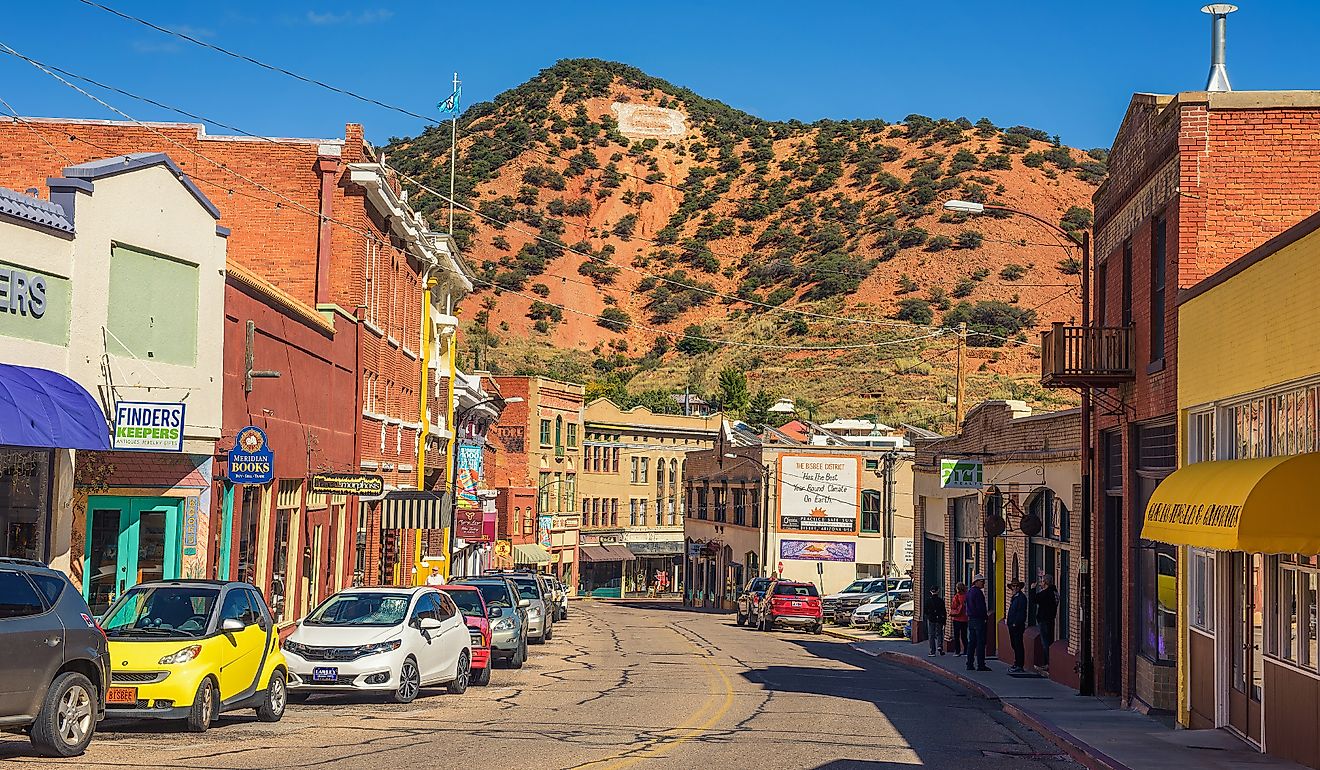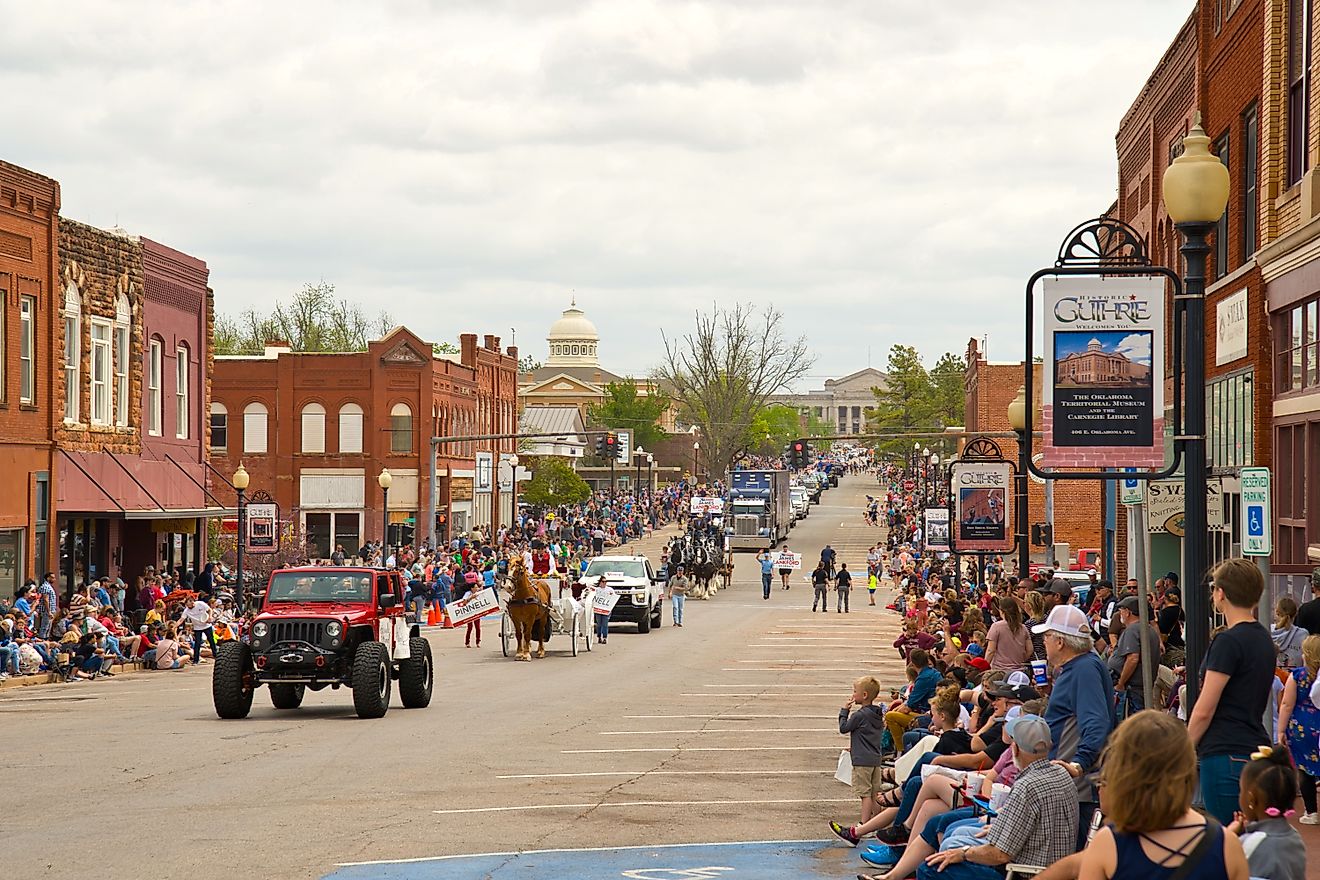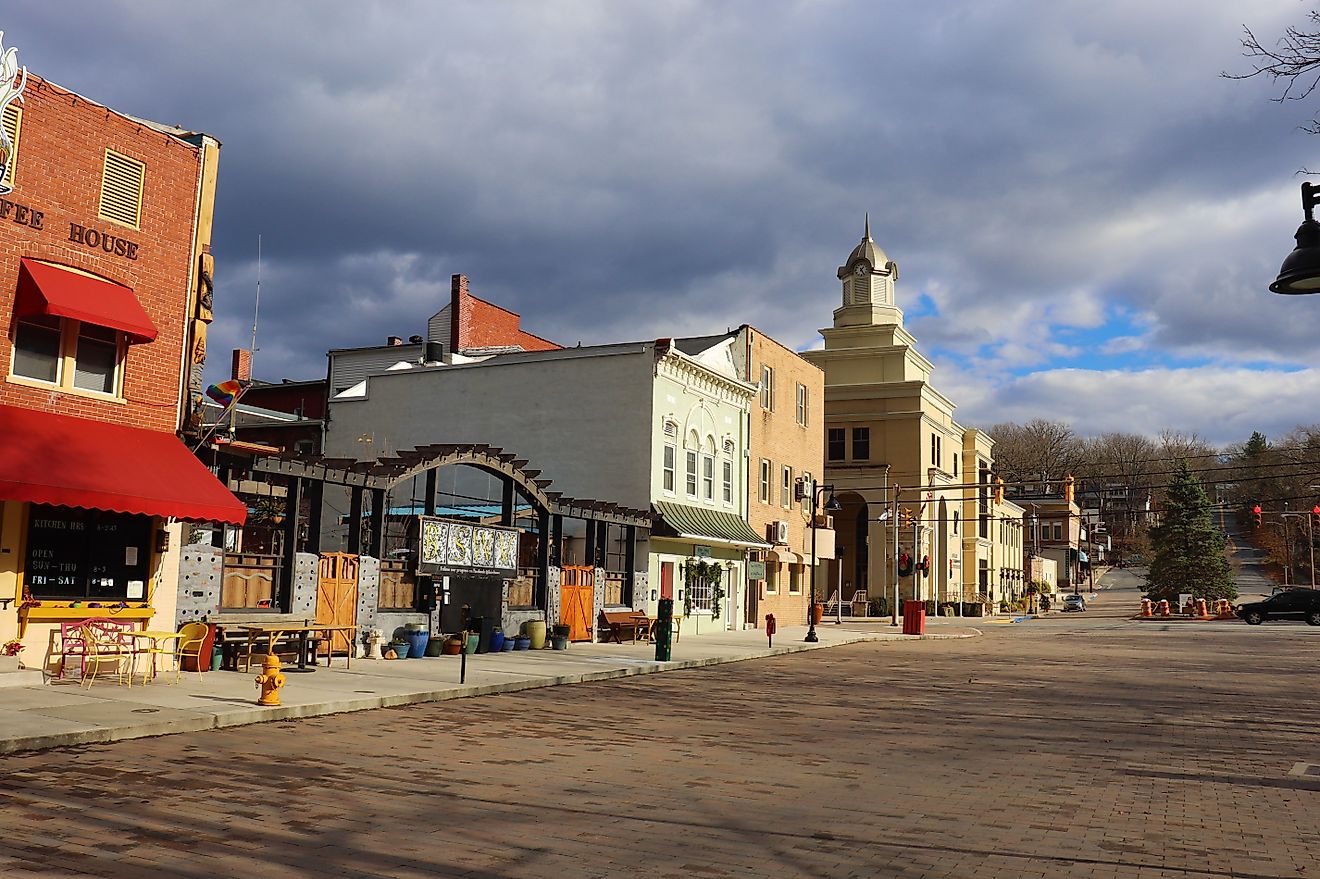Maps of Australian Capital Territory

The Australian Capital Territory (ACT), located in southeastern Australia, is surrounded entirely by the state of New South Wales. It covers an area of approximately 910 square miles, making it the smallest of Australia's six states and two territories.
The territory is predominantly divided into two regions: the Brindabella Ranges and the Canberra Plain. The Brindabella Ranges, part of the Great Dividing Range, stretch along the western and southwestern border of the ACT. The highest point of elevation in the territory, Bimberi Peak, is located within these ranges, standing at 6,276 feet above sea level. The mountainous region provides a dramatic backdrop for Canberra, the capital city of Australia, which is nestled in the Canberra Plain.
The Canberra Plain forms the central part of the ACT and is characterized by undulating hills and broad valleys. The plain extends eastward, gradually transitioning into a series of low-lying hills known as the Tuggeranong Valley. The valley is bound by the Murrumbidgee River, which is one of the largest rivers in the ACT, stretching approximately 923 miles. The river flows along the western and southwestern edges of the territory before meandering through the heart of the plain and ultimately joining the Murray River in New South Wales.
Numerous lakes and reservoirs further define the landscape of the Australian Capital Territory. The most notable among them is Lake Burley Griffin, a man-made lake situated in central Canberra. The lake was created in 1963 with the construction of Scrivener Dam across the Molonglo River, which now feeds the lake. Lake Ginninderra and Lake Tuggeranong are two other significant bodies of water in the ACT. Both are also man-made, created for the purpose of providing recreational facilities and stormwater management.
In terms of natural resources, the Australian Capital Territory has limited quantities due to its small size and urban focus. However, the territory possesses mineral resources in the form of sand and rock, which are used for construction.
Counties Map

The Australian Capital Territory is administratively divided into 21 districts. In alphabetical order, these districts are Belconnen, Booth, Canberra Central, Coree, Cotter River, Gungahlin, Hall, Jerrabomberra, Kowen, Majura, Molonglo Valley, Mount Clear, North Canberra, Paddys River, Rendezvous Creek, South Canberra, Stromlo, Tennent, Tuggeranong, Weston Creek, and Woden Valley. The districts are further subdivided into suburbs, sections, and blocks.
Covering a total area of 2,358 sq. km, the Australian Capital Territory is the smallest self-governing internal territory in Australia. Located in the northern part of the Australian Capital Territory is Canberra – the federal and territorial capital and the largest inland city of Australia.
Where is Australian Capital Territory?

The Australian Capital Territory is a federal territory that is enclaved within the state of New South Wales in the southeastern part of Australia. It is geographically positioned in the Southern and Eastern hemispheres of the Earth. The Australian Capital Territory is surrounded by the State of New South Wales.
Regional Maps: Map of Oceania
Outline Map of Australian Capital Territory

The above blank map represents the Australian Capital Territory, a federal territory located in the southeastern part of Australia, within the state of New South Wales. The above map can be downloaded, printed, and used for geography education purposes like map-pointing and coloring activities.

The above outline map represents the Australian Capital Territory, a federal territory located in the southeastern part of Australia, within the state of New South Wales. The Territory has been nicknamed “The Nation’s Capital” and “The Bush Capital”.
Key Facts
| Legal Name | State of Australian Capital Territory |
|---|---|
| ISO 3166 Code | AU-AU_CT |
| Capital City | Canberra |
This page was last updated on April 24, 2023











